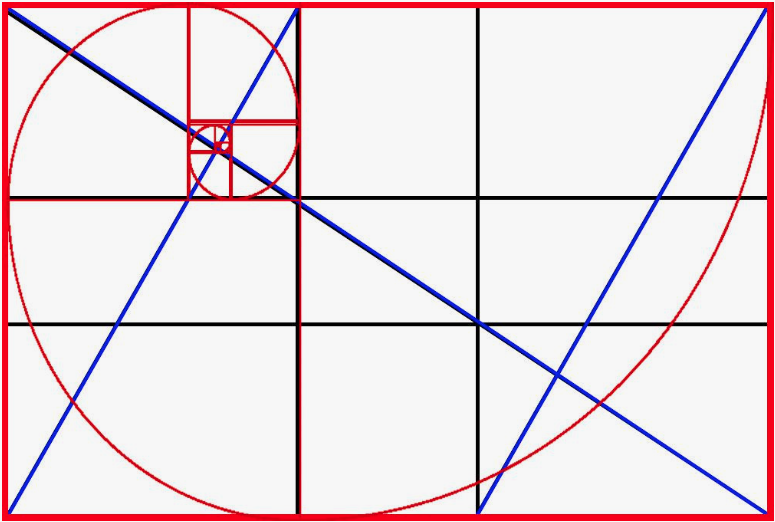6 Advanced Composition Grids Beyond the Rule of Thirds to Elevate Your Photography.
Mastering composition is an essential skill for photographers. While the Rule of Thirds is a foundational guide, it’s far from the only option for creating visually compelling images. To take your photography to the next level, explore these six advanced composition grids. They’re perfect for cropping or composing your photos, helping you craft balanced, dynamic, and engaging shots.
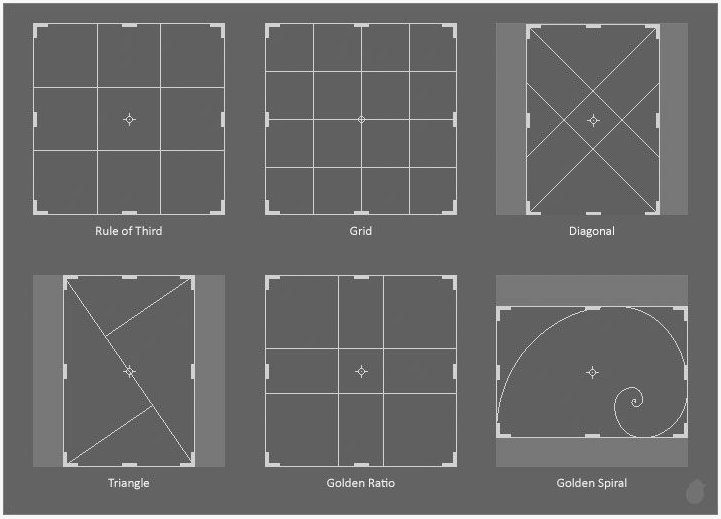
Although these grids are available in editing tools like Lightroom, Photoshop, and Capture One, not every guide works for every image. It’s up to you as the photographer to determine what best enhances your vision. Let’s dive in! Mastering Sharp Portrait Photography: Top Tips for Tackling Blurry Shots
The 6 Advanced Composition Grids
1. Rule of Thirds
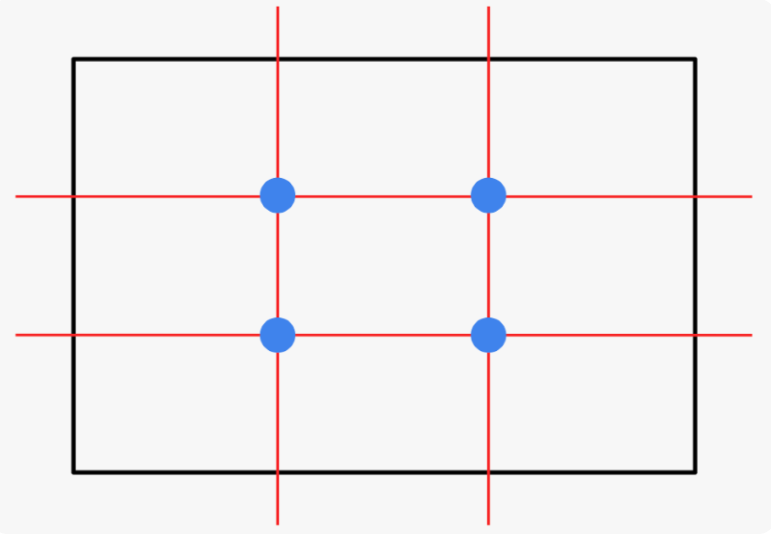
The Rule of Thirds divides an image into nine equal parts with two horizontal and two vertical lines. Key elements are placed along these lines or their intersections to create balance.
While popular, this method can feel limiting and predictable. As you advance, experimenting with more dynamic grids will provide greater creative flexibility.
2. Golden Triangle
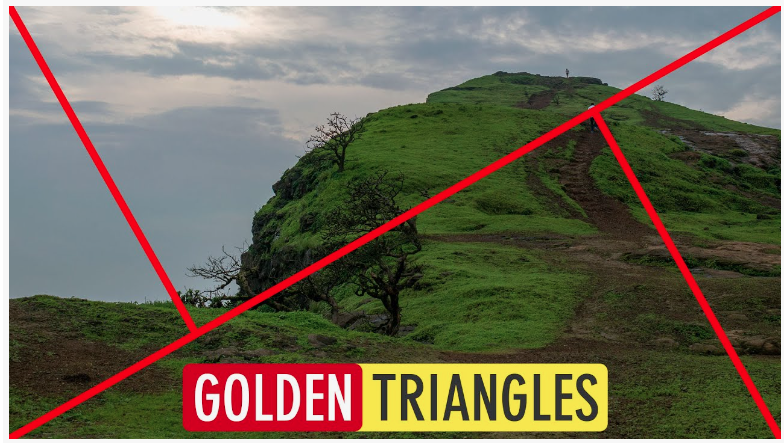
The Golden Triangle grid is rooted in the Golden Ratio, a proportion (1:1.618) known for its aesthetic harmony.
This grid divides the frame with a main diagonal line and two smaller intersecting lines. The resulting triangles guide your placement of key elements, creating tension and balance. It’s especially effective for compositions with diagonal or triangular shapes.
3. Diagonal Grid
For images that need energy or emotion, the Diagonal Grid is ideal.
This grid focuses on using diagonal and reciprocal lines, similar to the Golden Triangle. These lines encourage dynamic placement of subjects and lead the viewer’s eye through the frame. It’s a subtle yet powerful way to infuse movement into your photography.
4. Phi Grid
The Phi Grid, also based on the Golden Ratio, refines the Rule of Thirds by dividing the frame into unequal sections (1:1.618:1).
This method avoids the rigid symmetry of the Rule of Thirds and creates a more natural and pleasing balance. Use it to position focal points in ways that feel intuitive and harmonious. The Truth About What You Need to Start Portrait Photography
5. Fibonacci Spiral
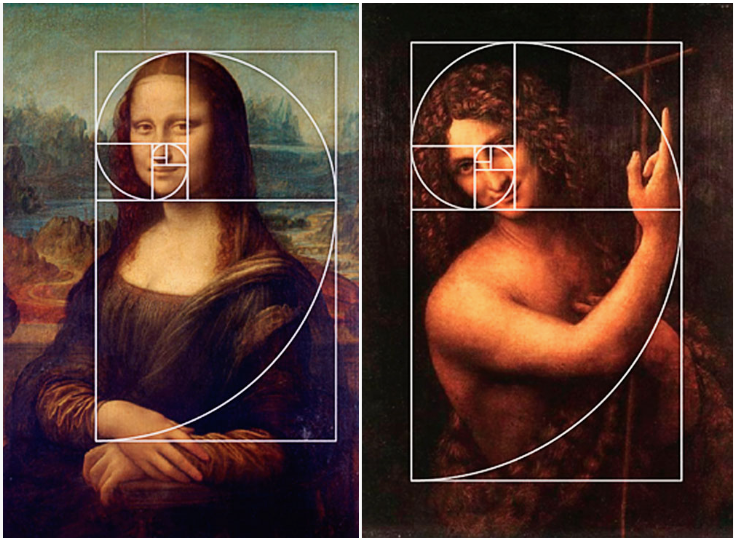
The Fibonacci Spiral (or Golden Spiral) is derived from a mathematical sequence that forms a perfect spiral. This grid guides how elements flow through an image, emphasizing curved leading lines and focal points.
It’s particularly effective for compositions with circular or curved elements, drawing the viewer’s eye seamlessly through the photo.
6. Dynamic Symmetry

Dynamic Symmetry uses a network of vertical, horizontal, and diagonal lines to create rhythm and balance. This grid system is perfect for creating unity and movement in both still-life and more complex compositions.
Use Dynamic Symmetry as a cropping guide during post-processing or as a tool for positioning subjects while tethering your camera during a shoot.
Why Experimenting with Grids Matters
Exploring different composition grids helps you:
- Discover new ways to frame subjects.
- Create more visually engaging photos.
- Develop your unique style as a photographer.
Explore More Composition Resources
If you found this guide helpful, be sure to check out our in-depth tutorials on Photography Fundamental and photography techniques. Share your thoughts or questions in the comments below—let’s continue the conversation!
